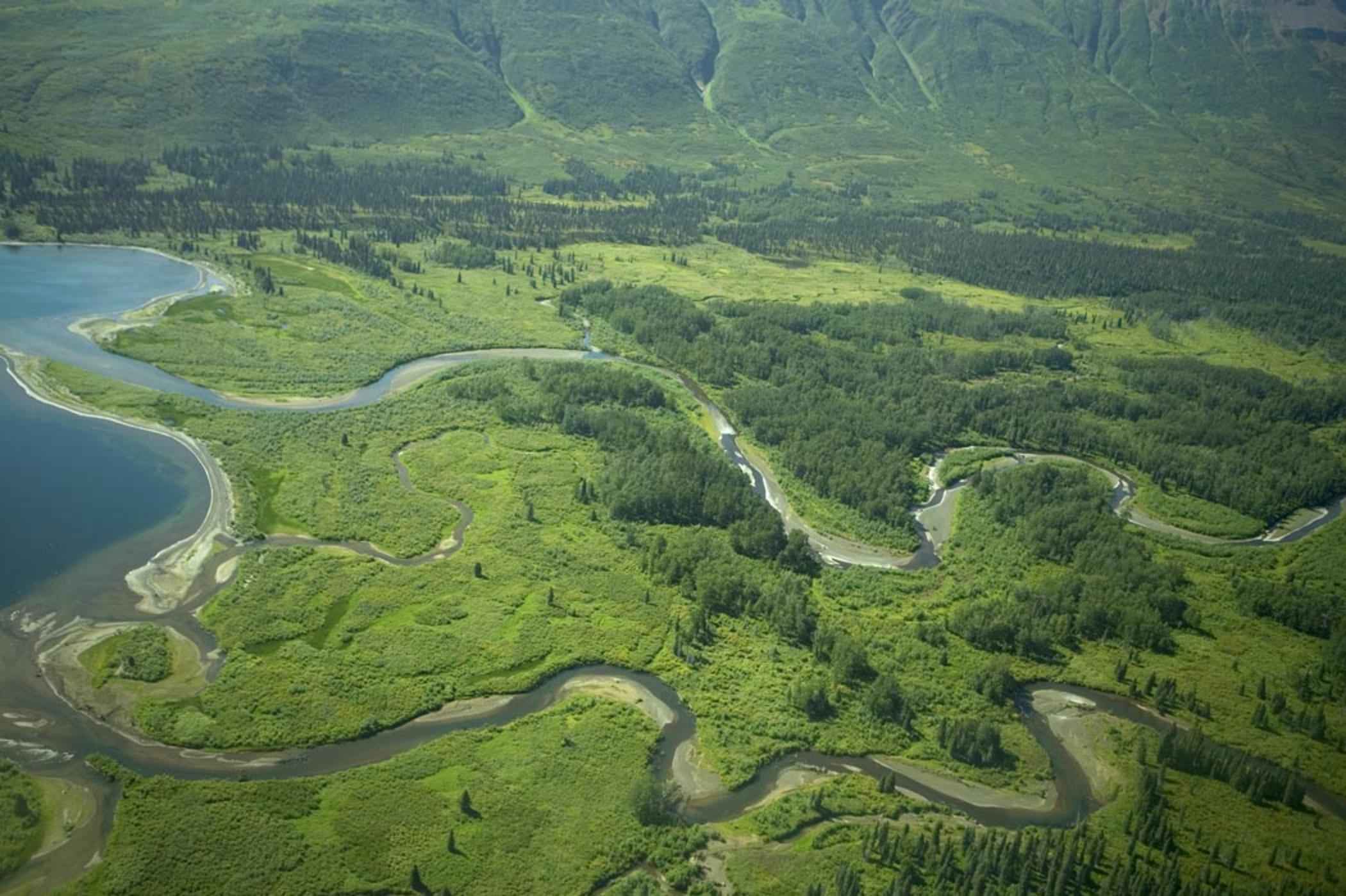

In addition to transporting water and sediment, natural streams also provide the habitat for many aquatic organisms including fish, amphibians, insects, mollusks, and plants. (Each of these characteristics will be defined in this fact sheet.) The study of these interactions and the resulting streams and rivers is called fluvial geomorphology. All of these characteristics are related to the interactions among climate, geology, topography, vegetation and land use of the watershed. Other physical characteristics shared by some stream types include pools, riffles, steps, point bars, meanders, floodplains, and terraces.

Streams have left and right streambanks (looking downstream) and streambeds consisting of mixtures of bedrock, boulders, cobble, gravel, sand, or silt/clay. While streams and rivers vary greatly in size, shape, slope, and bed materials, all streams share common characteristics. The morphology, or size and shape, of the channel reflect all of these factors. Other factors which affect channel size and stream flow are land use, soil types, topography, and climate. The size and flow of a stream are directly related to its watershed area. Further downstream where baseflow is large enough to sustain stream flow throughout the year, perennial streams are formed. They dry up when groundwater levels drop. These streams are partially supplied by groundwater rising to the surface as stream baseflow. Downstream from ephemeral channels are intermittent streams, which carry water during wet times of the year. These are referred to as ephemeral channels that only carry water during rainfall runoff. As surface runoff moves downslope, it concentrates in low areas and forms small stream channels. When rain falls in a watershed, it either runs off the land surface, infiltrates into the soil, or evaporates ( Figure 1). The land area draining to a stream or river is defined as its watershed. In addition to being a great place to find a variety of wildlife, another great aspect of meandering streams is that they make for great views.Streams and rivers are integral parts of the landscape that carry water and sediment from high elevations to downstream lakes, estuaries, and oceans. Some fish, like catfish, may use the deeper scoured outside bends of streams to hide, while other organisms, such as blue herons may like the inside bend of a stream to hunt for small fish in the shallow water. The variation in habitat that can result from meanders is also important for many organisms. It is a natural process for a stream to change its path with some areas, like Dry Fork Creek at Miami Whitewater Forest, changing quickly over days or weeks, to other changing their path only over the course of decades or centuries. The scouring on one side of the stream makes new areas for the stream to head, while deposition of sediment in an area can create progressively shallower areas resulting in the stream changing its path over time. Many of us may be familiar with this word, knowing that it means that the stream winds back and forth, but have you ever wondered why a stream meanders? As streams erode shoreline from a section, they deposit it in slower moving sections downstream. But what does it mean to say that a stream is “meandering?” These two beautiful photos show a stream meandering through the forest in Miami Whitewater Forest.


 0 kommentar(er)
0 kommentar(er)
